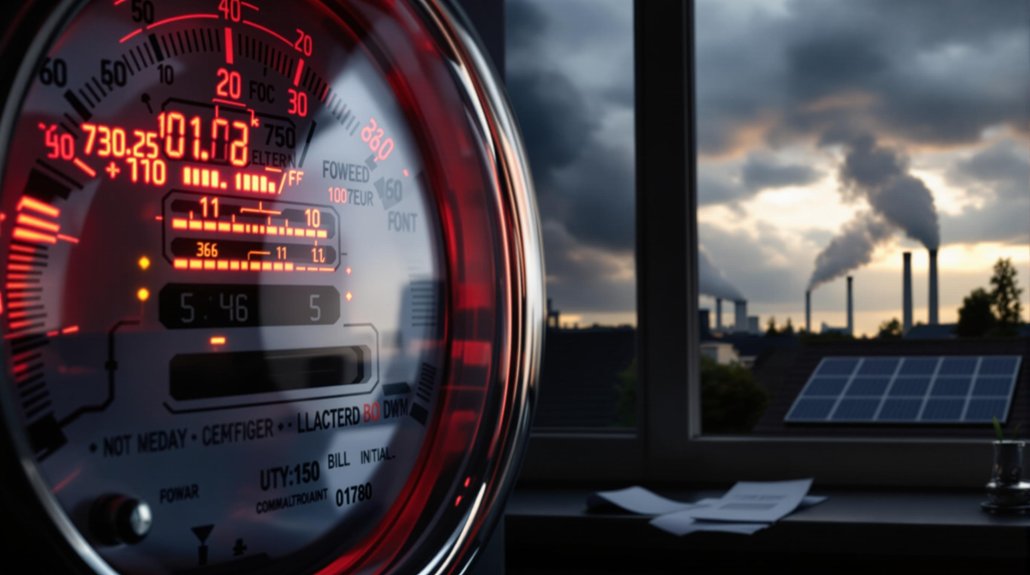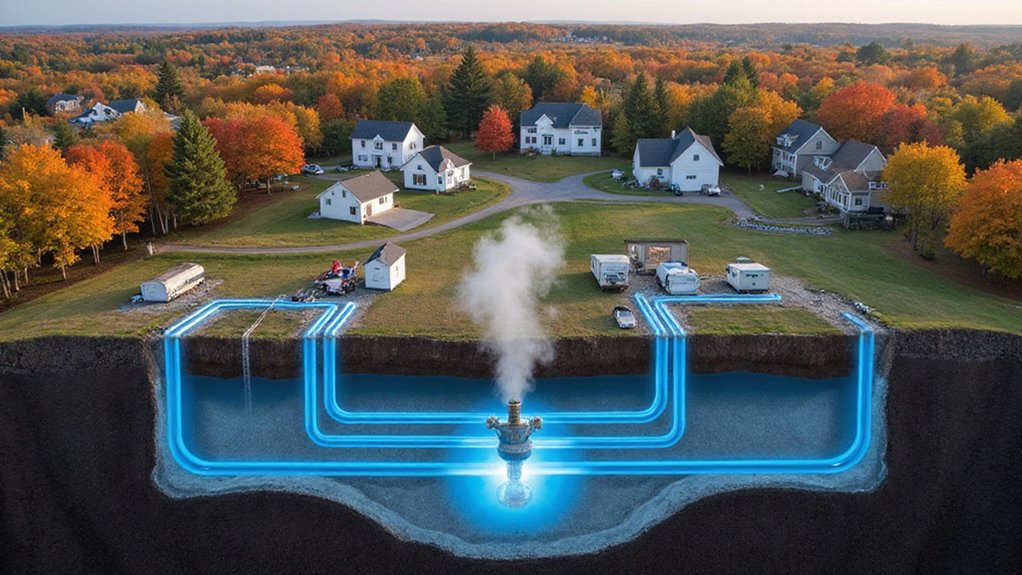Heat pumps present homeowners with a curious challenge. They work well in mild weather, saving money and energy with remarkable efficiency. But when temperatures drop below freezing, many units struggle to keep homes warm. Owners then must rely on backup heating systems, often powered by expensive electricity or fossil fuels. This temperature-dependent performance creates a frustrating situation for those who invested in heat pumps expecting year-round savings. What options exist for cold-climate residents facing this seasonal dilemma?
While heat pumps offer an energy-efficient alternative to traditional heating systems, homeowners face several significant obstacles when adopting this technology. The most pressing challenge is what many call the cold weather paradox – heat pumps work brilliantly in moderate temperatures but lose efficiency dramatically when temperatures plummet. This performance drop means many homeowners need backup heating systems during freezing weather, adding to overall costs and complexity.
The financial barriers to heat pump adoption remain substantial. Purchase and installation costs often exceed those of conventional heating systems. Homeowners frequently encounter unexpected expenses, such as electrical upgrades or extensive retrofitting work, particularly in older homes with inadequate insulation. These high upfront costs can discourage potential buyers, even with available government incentives. Despite federal tax credits offering up to 30% of costs, most homeowners still face significant initial investment.
High upfront costs and unexpected expenses remain the biggest financial hurdle for heat pump adoption, despite available incentives.
Finding qualified installers presents another hurdle. A widespread shortage of trained technicians means long waiting times and sometimes subpar installations. Improperly installed heat pumps won’t deliver the promised efficiency benefits and may require costly repairs. The training pipeline hasn’t kept pace with growing demand. The global market faces a severe bottleneck as demand for qualified installers is expected to quadruple by 2030.
Older buildings pose unique challenges for heat pump adoption. Many lack the necessary insulation or have outdated electrical systems that require significant upgrades. These retrofitting expenses can double or triple the project cost, making the economics less favorable compared to simply replacing an existing furnace or boiler.
Policy inconsistency across different regions creates additional uncertainty. Some areas offer generous subsidies while others have reduced or eliminated incentives. Shifting regulations and reduced funding have contributed to the market’s growth stalling in 2023 and 2024, creating a less predictable environment for consumers. High electricity prices in certain locations can also undermine the operating cost advantages of heat pumps compared to gas-powered alternatives.
Consumer knowledge gaps compound these issues. Many potential buyers don’t understand how heat pumps function in various climate conditions or the importance of proper home insulation. Misleading information from competing heating system providers further clouds decision-making.
Despite these challenges, manufacturers continue improving cold-weather performance. However, until costs decrease, installer numbers increase, and building retrofits become more affordable, heat pumps will face adoption barriers, particularly in regions with extreme winter temperatures.








